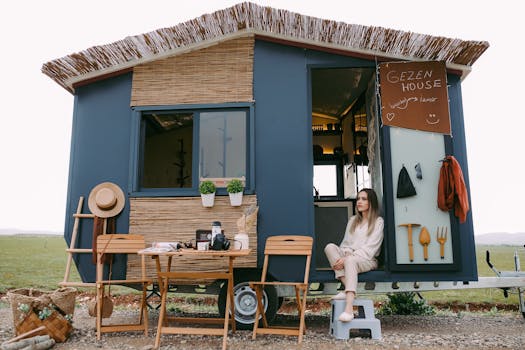Eco-Friendly Outdoor Materials: A Guide to Durable and Sustainable Practices for Conscious Campers and Hikers
Choosing eco-friendly outdoor materials helps nature while you enjoy hiking, camping, and other adventures. These materials reduce waste and protect our planet from harmful products. By using biodegradable utensils and reusable gear, you make a positive impact on the environment and ensure your outdoor fun lasts longer. This guide shows you how to select eco-friendly options and why they matter for a greener experience in nature.
FAQs
Q: How can I ensure that the outdoor furniture I choose is truly sustainable and not just marketed as eco-friendly?
A: To ensure that your outdoor furniture is truly sustainable, look for certifications like the Forest Stewardship Council (FSC) logo, which indicates responsible sourcing. Additionally, inquire about the wood type, its origin, and the manufacturer’s practices to confirm that they prioritize sustainable forestry and avoid unsustainably sourced tropical hardwoods.
Q: What are some creative ways to recycle or upcycle old outdoor decor into new, environmentally friendly pieces?
One great option for upcycled furniture projects is to transform old pallets into stylish outdoor seating or planters. With a little creativity, you can give new life to items that might otherwise end up in a landfill. A: You can repurpose old outdoor decor by transforming items like chipped ceramic pots into planters for succulents or using old garden furniture to create unique bird feeders. Additionally, consider using salvaged materials to construct decorative pathways or garden features, allowing you to express your creativity while reducing waste.
Q: How do eco-friendly materials hold up in terms of durability compared to traditional outdoor materials, especially in harsh weather conditions?
A: Eco-friendly materials, such as engineered lumber and recycled plastic decking, are often designed for durability and can outperform traditional materials like wood in harsh weather conditions. For example, cement-fiberboard siding and recycled tire shingles are known for their longevity and resistance to elements, resulting in lower maintenance and replacement costs over time.
Q: Can you suggest some sustainable materials for creating outdoor art installations that are both environmentally friendly and visually impactful?
A: For creating sustainable outdoor art installations, consider using reclaimed wood, which adds a natural aesthetic, or composite decking made from recycled plastics and wood fibers for durability and eco-friendliness. Additionally, incorporating ocean debris or upcycled materials can create visually striking pieces while raising awareness about plastic pollution. Exploring top sustainable brands can also provide inspiration and resources for your projects. Furthermore, using eco-friendly products can enhance your outdoor projects while minimizing your carbon footprint.
